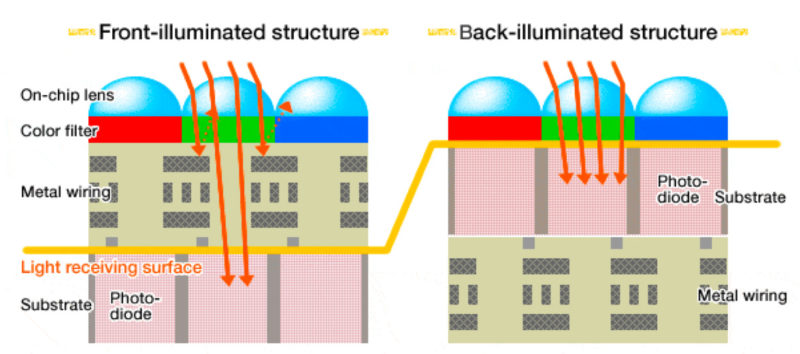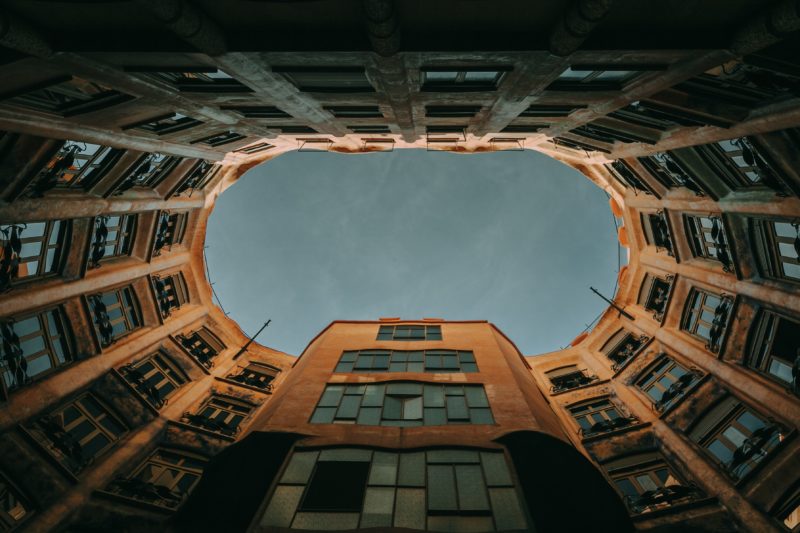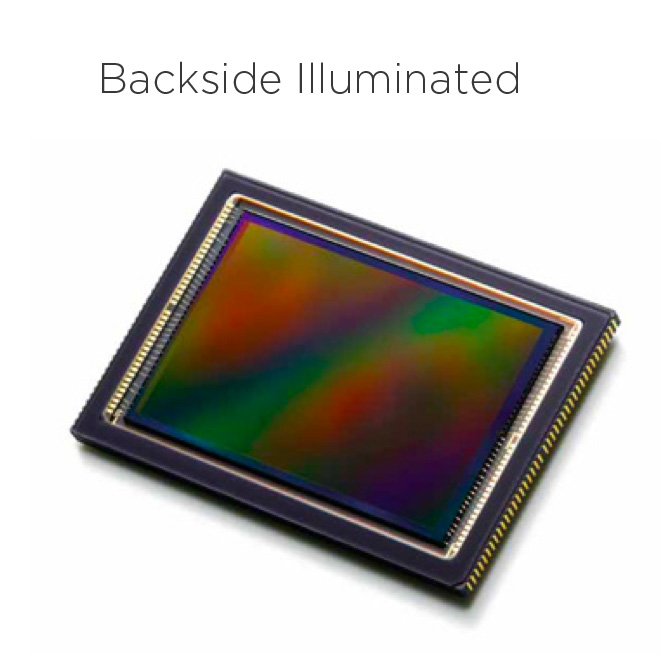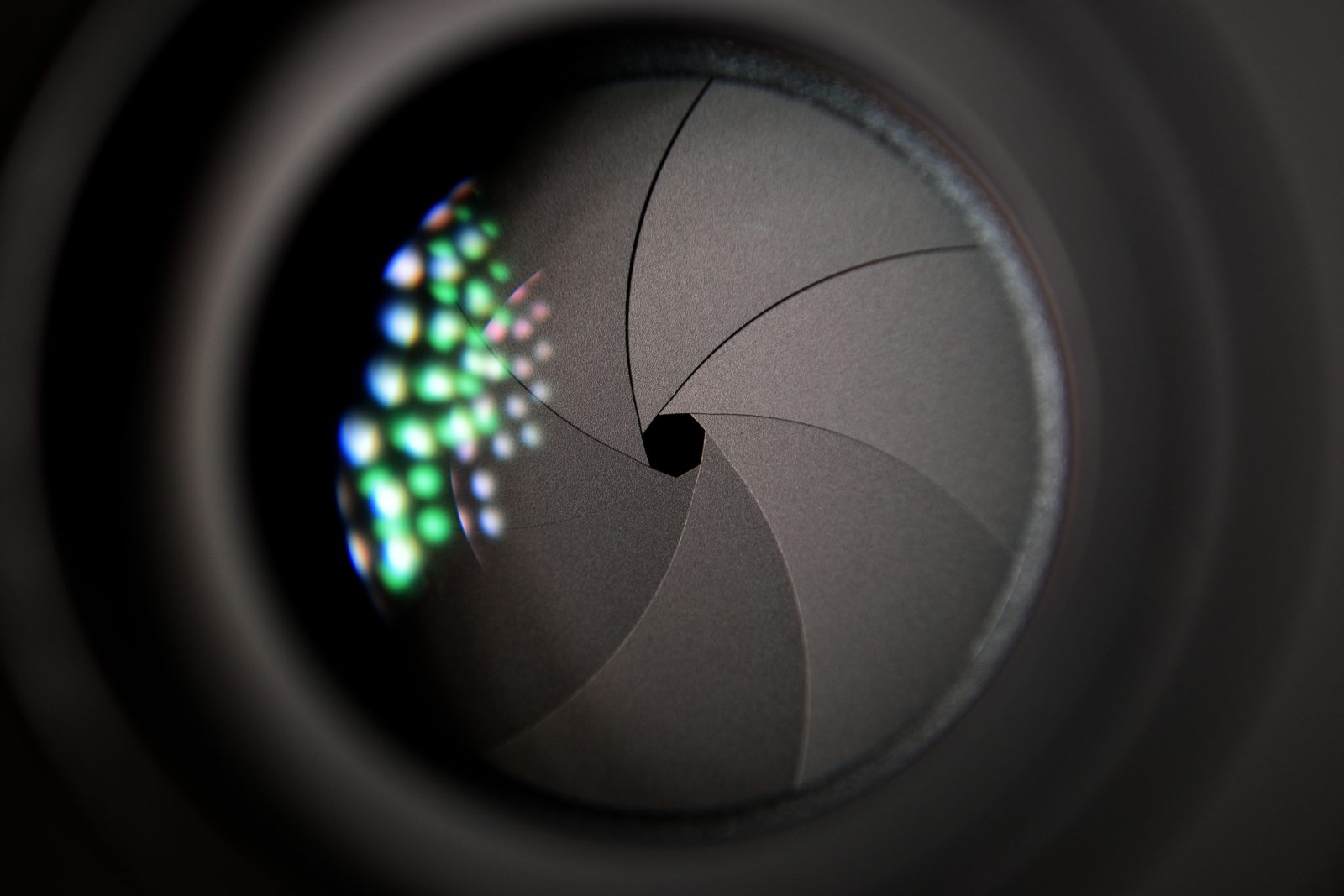Uncategorized
BSI Sensors Demystified
Whether you’re already familiar with BSI (Backside Illuminated) digital camera sensors or not, you will certainly be hearing more about them in the future. With significant advantages in light sensitivity, dynamic range, tech camera flexibility, and signal-to-noise ratio, it’s only been their higher manufacturing costs and greater manufacturing complexity that have prevented them from becoming commonplace in consumer and professional digital cameras. But with advancements in manufacturing techniques and technology, changes are coming fast, and it won’t be long until BSI is the standard for any camera manufacturer that wants to be taken seriously.
Down the Well

To understand what a BSI sensor is, we first have to understand how a traditional CMOS sensor is made. In simple terms, a typical sensor is made up of three layers – a photodiode layer to convert light into electric charges, a layer of wiring to connect the individual photo diodes, and a layer of micro lenses to direct light towards the photodiode.
But since the wiring layer sits in front of the photosensitive layer, some light doesn’t reach the photodiode. If you imagine looking through a screen door, you can see outside well enough, but the overall image is dimmed slightly by the presence of a wire mesh in between you and the scene. As the resolution of cameras has increased, the density of the wiring layer has also gone up. Imagine that same screen door, but with the mesh getting tighter and tighter, and you’ll understand the impact this can have on an image. Because of this, something like 20% to 70% of incoming light can be blocked from the photodiode.

How a typical, non-BSI sensor sees the world
This complexity also creates a “Well Effect,” where light only reaches the photo sensor through the stacked matrix of metal if the angle of light is straight on. Anyone that’s taken a morning stroll down the sidewalk of a major city in both the morning shade of surrounding skyscrapers, and the brutal heat of mid-day direct sun has felt this effect in action.
History
While the advantages of not having a wiring layer blocking your photoreceptors is obvious, finding a cost-effective manufacturing process was not. The best solution turned out to be manufacturing the sensor like a normal chip, but then flip it over and shave down the silicon on the bottom of the wafer so thin (5 to 10 microns) that the photodiode could be illuminated from the “back side”—hence, “Backside Illuminated” sensor. With this seemingly simple design change, nearly 100% of the light is captured, and the low-light performance of the sensor can be increased by more than a full stop.

This arrangement also eliminates the “Well Effect,” which can have a noticeable impact in off-lens-axis situations like tilt shift or tech cameras, where the light is projected at a strong angle to the sensor.
Current Events
High-volume sales are the best way to decrease manufacturing costs, and a +10 db improvement in signal-to-noise ratio arguably has the biggest impact on lower-end sensors (a dab of yellow mustard makes a more noticeable improvement to a slice of bologna than a filet mignon), so the first market to benefit from Back-side Illumination were smartphones—with Apple, Sony and HTC all introducing them on the tiny sensors of camera phones models in 2011.
Over the past 8 years this technology has continued to mature, with the first widely-available consumer digital SLRs using BSI sensors from Sony and Nikon going on sale in 2015 and 2017, respectively.
2018 is seeing the next giant step in BSI technology with the release of the full-frame 645 Phase One’s IQ4 150mp and Phase One IQ4 150mp Achromatic digital backs. At 150 MegaPixels, these are the highest resolution BSI digital camera sensors available on the market.
What Does This Mean for You?
The increased light reaching a BSI sensor manifests itself in numerous, interrelated ways. The most obvious is increased low-light sensitivity. You can shoot with lower ambient light and see more detail, better color, and more natural tonal transitions in the shadows of your images. This also means less noise at higher ISO, creating a more usable breadth of situations for your photography.
It’s clear that BSI sensors are the future of all digital cameras, but they are the present for Phase One. You can see what this new sensor technology means to you by attending one of our roadshows or arranging a private demo evaluation.

